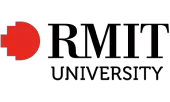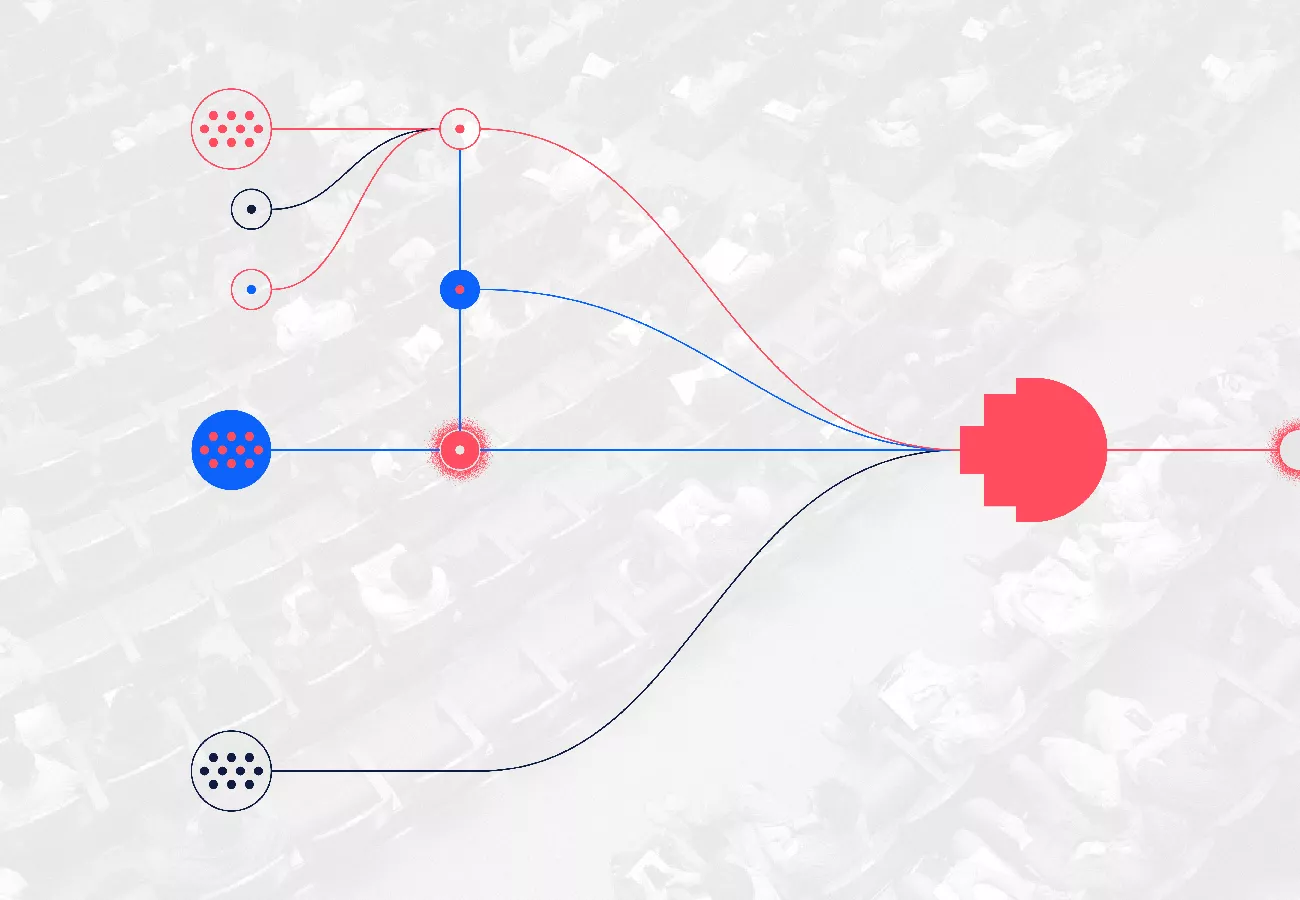
Transforming education through data innovation

At a glance
Facing pressure from rising costs and shifting student needs, Royal Melbourne Institute of Technology (RMIT) partnered with Slalom to address data management challenges. Slalom helped RMIT create an enterprise data and analytics platform and modernize its machine learning models, providing a single source of truth and enhancing RMIT’s ability to deliver predictive insights and optimize resources.
Impact
By investing in a new data platform that allows for better insights and intelligence, RMIT is positioning itself as a leader in the changing landscape of higher education.
Key Services
Industry
Education
Key Technologies / Platforms
- Snowflake
- Amazon S3
- Amazon SageMaker
- DBT
A data dilemma
In higher education, costs continue to rise as student needs shift. The pandemic exacerbated these challenges, with disengaged students and declining international enrollments. These pressures have weighed heavily on many universities, including Royal Melbourne Institute of Technology (RMIT), a leading global university of technology, design, and enterprise that is located in Melbourne. With more than 70,000 students, RMIT is the third largest university in Australia.
Internally, data management issues plagued RMIT, with disparate datasets across multiple systems and departments, and no centralized data hub or single source of truth for business insights. The result? Repetitive and time-consuming tasks that required predominately manual transformation and aggregation.
RMIT’s analytics team lacked robust infrastructure and tools, and legacy technology platforms and data stores ran rampant. This caused the university to struggle to operationalize and find value from its data.
In addition to these challenges, the university needed to meet regulatory demands from the Tertiary Education Quality and Standards Agency (TEQSA), which required comprehensive insights into student performance across diverse demographics.
It was time to create a reliable information hub for RMIT and enable the university to expand to scalable advanced analytics using modern techniques.
“We needed a tool that could support every possible way for us to analyze data to produce the outcomes that our stakeholders wanted,” says Nonna Milmeister, the university’s chief data and analytics officer.
Delving into data analytics
RMIT worked with Slalom on two projects: an enterprise data and analytics platform (DAP) and machine learning (ML) modernization. The university wanted to establish the DAP as a trusted source of truth and empower multiple departments to use artificial intelligence (AI) and ML for business-critical operations and innovative initiatives.
The university already had an abundance of data sources from super-domains connected with business units like finance and research. The collaboration focused on understanding key users, data sources, and technology opportunities to define a simplified approach.
Andreia Maia and Lam Truong, Slalom leaders on the project, highlight the trust and shared momentum that shaped the work from the start. “It was truly a partnership,” says Maia. “RMIT contributed domain expertise, while we provided the technical skills and best practices in agile methodologies to set them up for future independence.”
Together, we built a stable, flexible, scalable, and future-proof platform using modern integrations and data architecture.
The team focused on payroll for its first project, then expanded to meet an emerging need with TEQSA, the agency mandating a more comprehensive view of RMIT’s student performance. The agency required detailed student data across continents, colleges, and disciplines. RMIT also needed to provide demographic information on how students from English and non-English-speaking backgrounds were performing, as well as people with disabilities and other demographic groups.
The platform utilized patterns that make it seamless to deliver new automated ingestion pipelines, quickly onboarding new datasets. The university continues to add more data and use cases as the journey continues. Overall, the work has enabled a pathway to self-service access to data for the university.
“It was very important for us to build a stable and flexible platform for which we could do all of these investigations and have easy and secure access to data,” says Milmeister.
A machine learning modernization
When it came to modernizing with ML, RMIT wanted to uplift its ML models to the cloud to use big data to answer historical questions, understand trends, run training at scale, and perform predictive and prescriptive analytics.
To achieve these goals, RMIT needed a modern, robust, reproducible, and manageable environment to enable teams to deploy ML models in a timely manner so the university’s data scientists could focus more on model development and less on orchestration.
Slalom worked closely with RMIT to understand its existing ML models, engineering approaches, and data distributions to define an MVP. The move was designed to enable each business unit to consolidate and optimize for the future.
The university now benefits from a single source of truth, with trusted data securely stored in one place and aggregated for easy viewing.

Gaining deeper insights
RMIT has transformed and elevated its data and analytics maturity and capability, unlocking the full value of its data by gaining a deeper understanding of it.
Ben Stevens, who directs data architect and engineering at RMIT University, was heavily involved in the work. He highlights the significant time savings and efficiency benefits of the new platform: “The teams appreciate that the platform is automated. Now, once the teams build it, it’s tested, and they can release it into production.”
Every college and university today must maximize resources while minimizing costs. With deeper data insights, RMIT can now enhance student understanding and service, and position itself as a leader in the evolving landscape of higher education.




